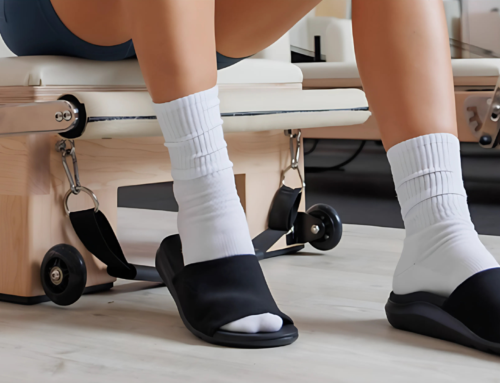Temporomandibular Joint (TMJ)dysfunction refers to jaw pain or problems with surrounding muscles of the face. Dysfunction in this area can affect many simple daily tasks such as speech and eating. It may also radiate to the muscles surrounding the neck causing headaches and pain behind the eyes. In severe cases , it may affect sleep and cause locking of the jaw. Commonly TMD is referred to as TMJ which means the temporomandibular joint.

What is Temporomandibular Dysfunction / jaw pain?
Symptoms of TMD
Causes of TMD and Jaw pain
Physiotherapy Management of jaw pain
Management of pain due to temporomandibular joint disorder is not unlike management of other parts of the body. Management requires a thorough assessment to discover the cause of the pain. This involves taking a patient history, and assessing the mechanics of the jaw, face and neck. A treatment plan can then be devised. Treatment can consist of any of the following:






